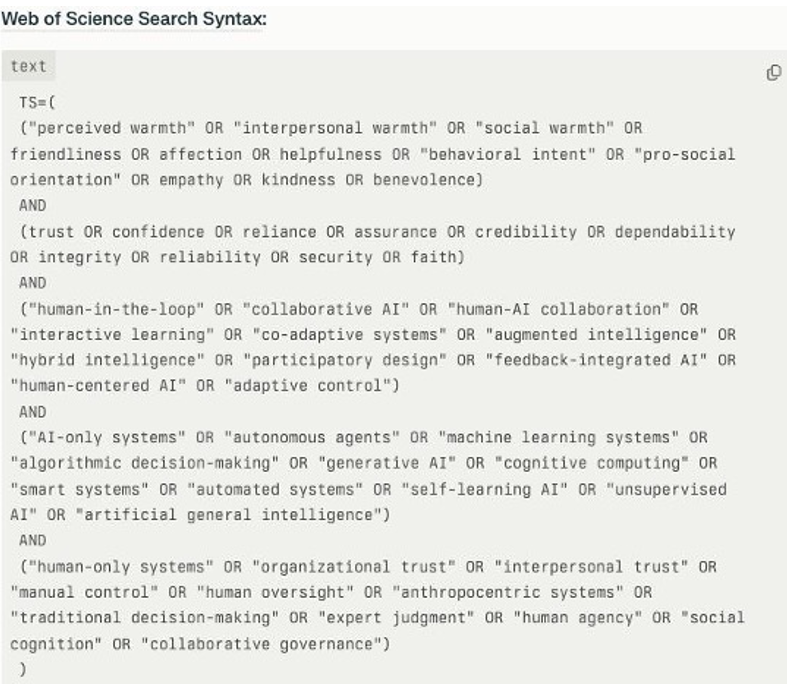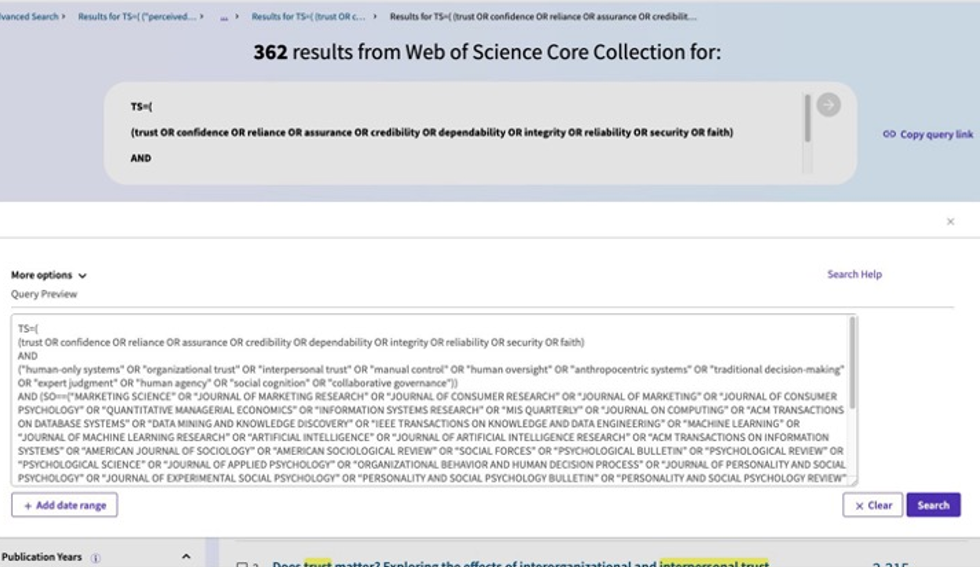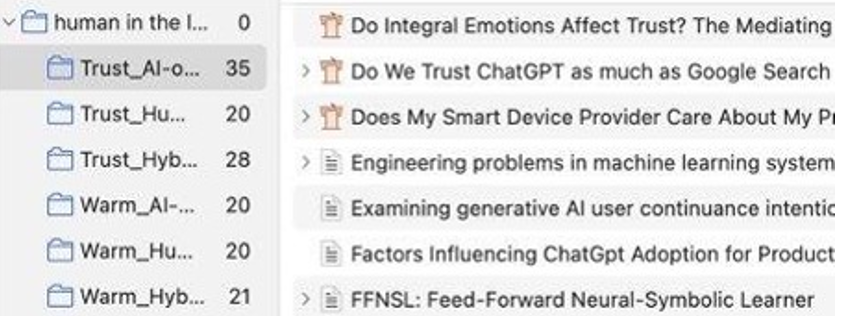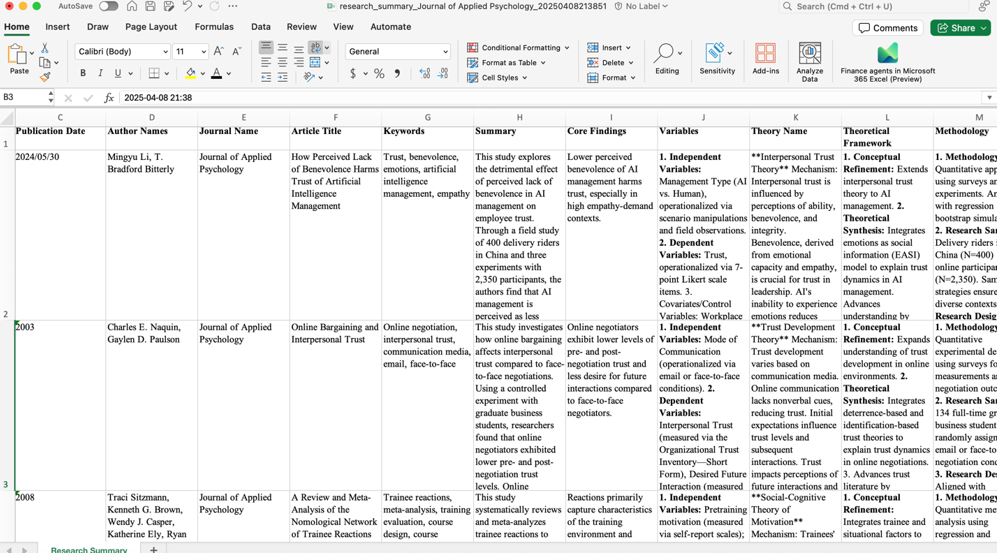In today’s digital era, GenAI is transforming the way we approach research, learning, and teaching. To truly harness its power, it’s essential to stay in control and accountable for your work.
Generative AI’s real strength lies in its ability to engage in dynamic, real-time discussions that evolve with your input. The quality of what you get out depends heavily on two things: well-crafted prompts and detailed feedback during the conversations.
This blog post is brought to you by members from the CEI’s “Fostering Digital Competency in the GenAI-GenZ Era: A Student-Driven Community of Practice”. Our team explores how students and researchers can use GenAI responsibly and effectively in academic contexts.
Through our work, we aim to identify the most effective ways to integrate AI into the research process to maximize its potential. We noticed that while many students rely heavily on AI tools, they often lack awareness of how to use them effectively, which limits the potential benefits these tools can provide. Our goal is to bridge this knowledge gap and ensure students can use AI more wisely and efficiently in their academic pursuits.
Crafting the right prompt is essential for productive collaboration with AI. Here are four principles to guide your interactions and ensure high-quality, academically sound outputs.
4 Key Principles for Writing Effective Prompts
Precision Targeting
Be specific. Tailored prompts generate tailored responses.
| Instead of: |
| Tell me about climate change. |
| Try: |
| Summarize the key findings from the latest research on the impact of climate change on Arctic ice melt. |
Clear Context
Provide background. Context helps AI align with your goals and audience.
| Instead of: |
| Help me improve this draft. |
| Try: |
| As a research assistant specializing in organizational behavior, help me polish and refine this draft for submission to the Harvard Business Review. Use the professional, engaging, and practitioner-focused tone while ensuring the content is insightful, evidence-based, and accessible to a business audience. |
Iterative Refinement
Don’t stop at your first result. Build on it with follow-up prompts.
| Initial Prompt: |
| How can surveys be designed to improve response rates? |
| AI Response: |
| Surveys can be improved by keeping them concise, using clear language, and offering incentives. |
| Refined Prompt: |
| What are the most effective strategies for designing surveys that maximize response rates by keeping questions concise, using clear and accessible language, and implementing appropriate incentive structures? Please provide specific examples of each approach. |
Ethical Guardrails
Stay within academic boundaries. Use AI to assist, not replace, your thinking.
| Instead of: |
| Please help me analyze the attached raw data using an appropriate statistical method and generate the corresponding results. |
| Use: |
| Please help me write R code to perform a linear regression analysis. The dependent variable is ProsocialBehavior, the independent variables are AI and Affect, and I have some control variables to include as well. Additionally, please include an analysis of the interaction effect between the independent variables. |
How GenAI can aid the literature review process?
We outline how AI tools streamline the entire literature review process, from keyword generation to information extraction, saving researchers significant time while producing comprehensive results. When AI handles tedious tasks like searching and summarizing, researchers can focus on critical analysis and meaningful connections, turning an exhausting process into an efficient and effective workflow.
Step 1: Generate keywords using Perplexity
Use AI to extract relevant terminology and synonyms from academic literature.
| Example Prompt: |
| Analyze this research question using terminology from [Insert related research area here] literature: [Insert research question here]
Identify and name X core concepts with at least 10 literature-derived synonyms each. Prioritize terms from peer-reviewed sources. Format output as: Core Concept 1 (synonyms: term1, term2, term3, …, term10); Core Concept 2 (synonyms: term1, term2, term3, …, term10); … Create a Web of Science search syntax using TS= tags, combining concepts with Boolean logic. Format as: TS=((Core Concept 1 OR term1 OR term2 OR…) AND (Core Concept 2 OR term1 OR term2 OR…)…) |

Perplexity Output Example
Step 2: Conduct primary search using Web of Science
Use the AI-generated keyword strings to search academic databases.
| Example Search Statement in Web of Science: |
| TS=((concept1 OR synonym1 OR …) AND (concept2 OR synonym2 OR …) …) AND SO=(“journal1” OR “journal2″…) AND PY=(YYYY-YYYY) |

Web of Science Output Example
Step 3: Build literature database (using Zotero)
Organize references using Zotero. Install the Zotero Connector to save sources directly from your browser.

Zotero Output Example
Step 4: Summarize Papers (using Qwen-Long API Python Program)
Use the Qwen-Long Python script to extract key insights from each paper. You can find the code for our program on GitHub.
We decided to use the Qwen-Long API because it’s a budget-friendly option that can handle various types of data (like text and images) and large amounts of information at once. Of course, if you prefer, you can easily swap in other large language model APIs instead.

Qwen API Output Example
Why Our Approach Works
- Scalability: Processes large document batches in parallel, ideal for literature reviews.
- Flexibility: Modular design allows easy integration with other LLM APIs (not limited to Qwen) and custom prompt templates (user_prompt_path configuration).
- Independent R&D: Enables long-term maintainability and rapid iteration.
- Customizability: Adjustable workflows and output formats to fit diverse research needs.
Acknowledgements
We sincerely appreciate CEI’s “Fostering Digital Competency in the GenAI-GenZ Era: A Student-Driven Community of Practice,” funded by the Fund for Innovative Technology-in-Education (FITE). The Community of Practice (CoP/CEI) platform is essential for student innovation, providing guidance and resources to students with research ideas while facilitating collaboration among those with shared interests to achieve better outcomes together. For more information, please contact ceicop@ust.hk.
– By Mingyu Li, Yu Guo, Xinjie Huang (Department of Management)
Views: 247
Go Back to page Top
- Category:
- AI in Research & Learning
- Guest Posts
Tags: AIInEducation, GenerativeAI, Prompt Engineering, QwenLong, zotero
published September 2, 2025


